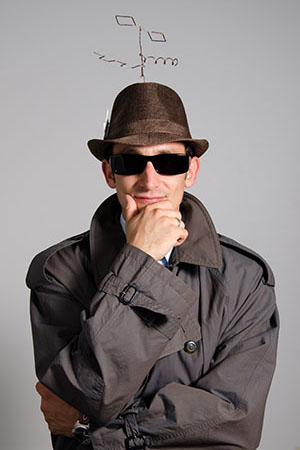Dirk Kolb
Efficient and Trainable Detection and Classification of Radio Signals
Abstract
The strong need for robust and efficient radio signal detection and classification can be found both in civil and non-civil applications. Most of the current state-of-the-art systems are based on a separated version of detection and classification. Within this work, a new integrated approach is presented. The proposed system combines the insights into communications intelligence, cognitive radio and modern pattern recognition ideas.
Due to the reason that the number of modems and waveforms is continuously growing, the proposed framework is easily adaptable to new situations. Thus, it is focused on machine learning methods as a basis for all processing stages. Some of these stages use unsupervised learning and some supervised learning methods. The latter need a training data set to estimate their working parameters. For this reason, the generic radio scenario corpus, which contains more than 3730.00 MB of wideband scenarios with more than 875 labeled narrowband emissions, was established.
The supervised learning blocks are supported by an improved version of an AdaBoost classifier. To make a decision, the classifier can fall back on a big feature pool consisting of traditional features, e. g., spectral form, and more modern features, e. g., Haar-like features or cepstral based features. The applied features are extracted on demand and combined in a specific way to improve the classification accuracy and to increase the system performance.
A prototype was evaluated by two institutions, the MEDAV GmbH and a European agency. It was possible to show the high accuracy of the framework and to demonstrate successfully the processing under real-world conditions.
